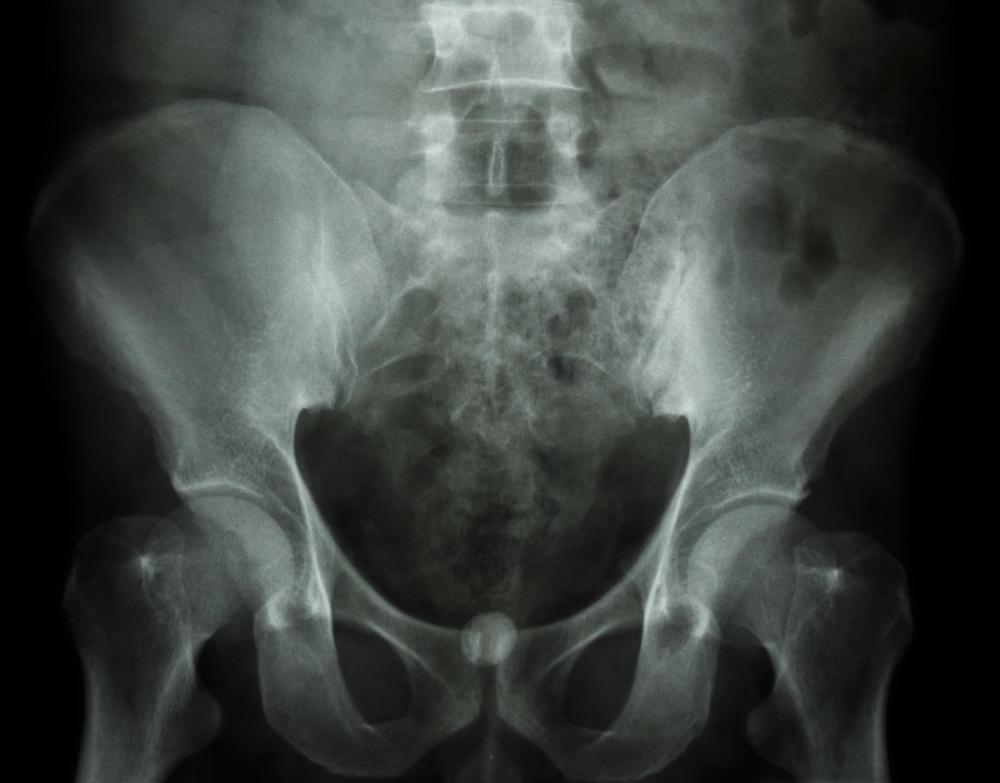At TheHealthBoard, we're committed to delivering accurate, trustworthy information. Our expert-authored content is rigorously fact-checked and sourced from credible authorities. Discover how we uphold the highest standards in providing you with reliable knowledge.
What is a Cystourethroscopy?
Cystourethroscopy, also known as cystoscopy, is a surgical procedure in which a physician uses an instrument to examine the inside of the bladder of a patient. If a patient is experiencing symptoms involving the urinary tract, such as pain during urination or recurrent bladder infections, the physician may want to perform a cystourethroscopy. The patient who needs this procedure may also be experiencing uncontrolled urination or an inability to urinate. During this test, the physician should be able to diagnose any abnormalities in the bladder or the urethra, the tube that carries urine out of the bladder.
Examining the inside of the bladder and urethra can allow the physician to look for tumors in the bladder or for kidney stones that have traveled down into the bladder. In men, an enlarged prostate could be putting pressure on the urethra and this would be detected during a cystourethroscopy. The physician can also take tissue samples from the bladder that would be sent to a laboratory to check for disease.

A cystoscope is the instrument used to perform the procedure. It is a long hollow tube with a lens and camera at the end. The cystoscope can be either flexible or rigid. Surgical instruments can be fed through the cystoscope so the physician can take tissue samples from the bladder or the urethra.
The patient who qualifies for a cystourethroscopy will first need to have X-rays taken of the bladder. A urine sample may also need to be submitted to a laboratory prior to surgery to check for infection. The procedure is usually done as an outpatient procedure with a minimal stay in the hospital.

Cystourethroscopy is a non-invasive procedure and is usually done with a local anesthetic. The physician very slowly inserts the cystoscope into the urethra and guides it up into the bladder. If the physician uses a flexible cystoscope, a local anesthetic should be sufficient to prevent pain. A rigid cystoscope may be more uncomfortable for the patient and the physician may need to use a general anesthetic. The procedure should take less than an hour to complete.

Once the cystoscope is in the bladder, the physician will fill the bladder with either sterile water or sterile saline. This fluid expands the bladder and allows the physician to get a clear view of the inside surface of the bladder. The patient may feel discomfort from the full bladder in that it creates the urge to urinate. When the procedure is complete, the physician will drain the bladder.

Recovery from the cystourethroscopy should only take a few days. The patient will be asked to drink several glasses of water each day for the first few days to keep the bladder flushed out. There may be some burning or small amounts of blood in the urine that should go away in one or two days. If there are signs of an infection, such as fever or significant pain, the patient should contact the physician.
AS FEATURED ON:
AS FEATURED ON:
















Discussion Comments
Just the idea of having this done makes me squirm! But when I did have it, they numbed me up with an epidural so I didn't feel anything. I was sore as all get out the next day, though. That took a couple of days to fade.
I didn't have the problem with not being able to urinate, thank goodness. As soon as the epidural wore off, I was fine as far as urination was concerned. It was just a little painful. After all, that area is an exit, not an entrance! I was glad when it was all over and I was back to normal.
Non-invasive? I thought any time the doctor had to go inside the body, it was invasive. "Minimally invasive," maybe.
Anyway, my mom had this done when she had a bad bladder infection, just as a diagnostic thing. There was nothing to find, of course. She's just prone to the infections.
The one problem with this procedure is sometimes, the bladder doesn't want to contract properly afterward, and it may take some time before the patient can urinate normally -- maybe a day or two. My mom had this problem, but she was in the hospital where they could keep an eye on her. Still, it’s worth mentioning.
Post your comments